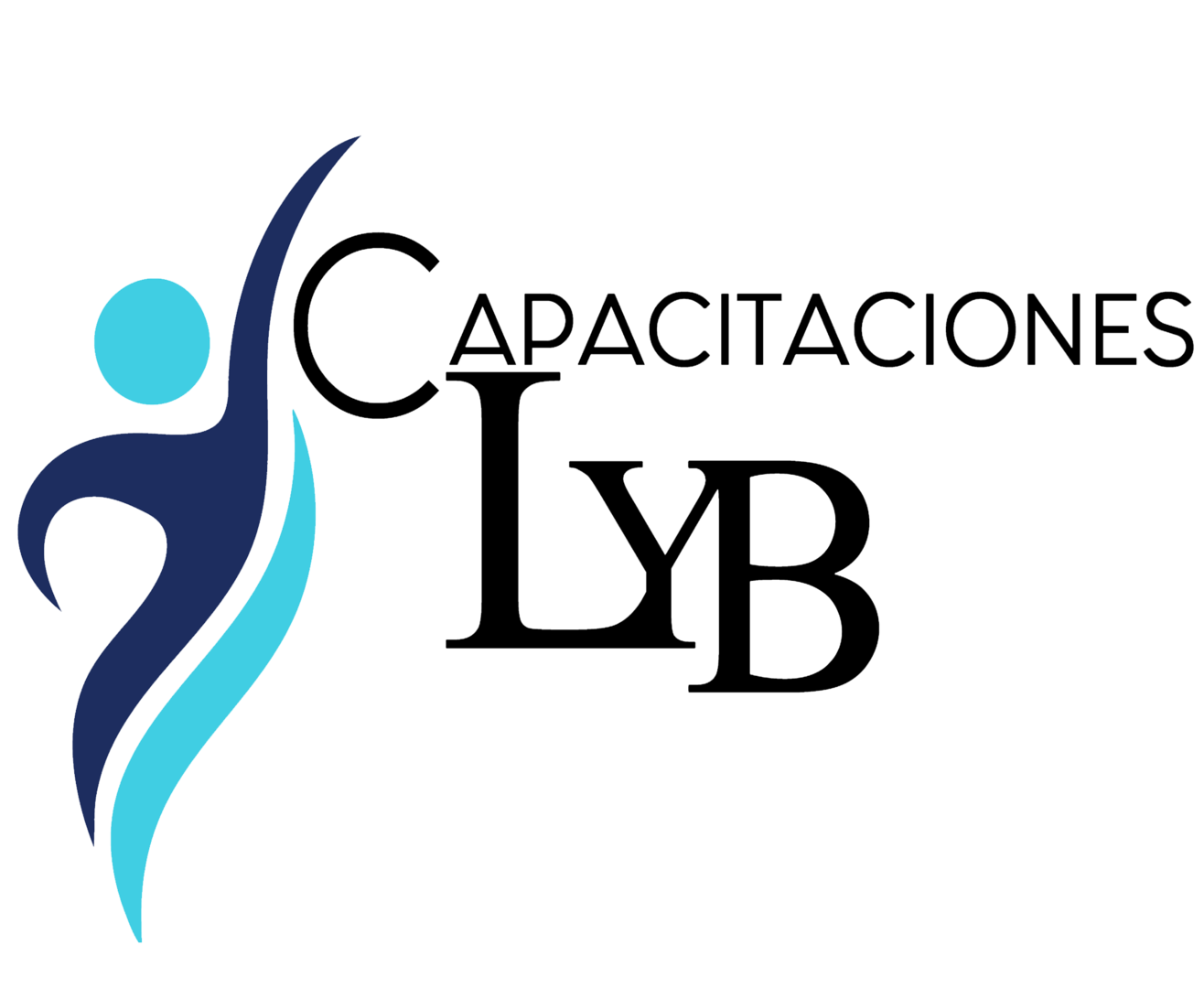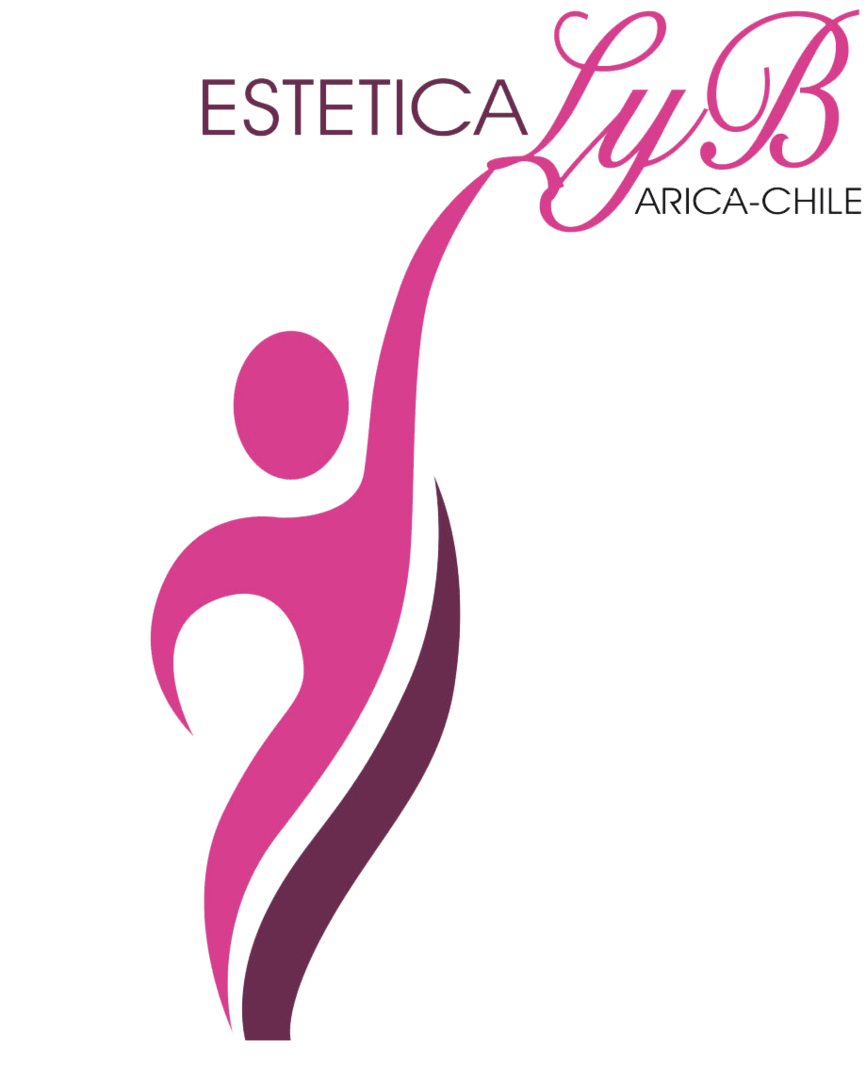What is Bank Reconciliation? Step-by-Step Guide + Examples
Explore bank reconciliation software options to find the right one for your business. Start by segregating duties and assigning tasks to the right person on your team. For example, it’s often a staff accountant’s responsibility to reconcile the bank statement and GL. With Vena’s Account Reconciliation Software, you can reduce common errors by using a custom, Excel-based bank reconciliation template designed for finance professionals.
- Automatic cash application in Upflow ensures that transactions are matched automatically, minimizing the chances of human error.
- Their firm used to spend 40 hours a month on reconciliation—that’s now down to 10.
- To effectively reconcile your bank records with your bank statement, it’s crucial to understand the common reasons for any discrepancies.
- Aside from having your bank account and general ledger account balance match, there are other reasons why a bank reconciliation should be completed regularly.
- As a key part of the balance sheet reconciliation process, month-end bank reconciliations are performed at the end of each month to ensure that all bank transactions for the period are accounted for.
- Plan to complete reconciliations monthly so you don’t risk accumulating a large number of discrepancies, which could be difficult to track.
The purpose of preparing a bank the holiday season reconciliation statement is to reconcile the difference between the balance as per the cash book and the balance as per the passbook. Likewise, ‘credit balance as per cash book’ is the same as ‘debit balance as per passbook’ means the withdrawals made by a company from a bank account exceed deposits made. These outstanding deposits must be deducted from the balance, as per the cash book, in the bank reconciliation statement.
After you have compared the deposits and withdrawals, determine any missing transactions. Mr. Alex approached his bank, and he was guided by the fact that his account had non-sufficient funds for July. However, after further analysis, he found out that the requirements for the minimum balance in the account had changed during this month, raising it to $5,000. Therefore, due to an insufficient balance in his account, Mr. Alex was charged $50.00. The difference is clearly due to interest accrued on the note purchased by John.
Thus, bank fees can be a major factor that may cause a break between the customer’s and the bank’s books of accounts. Neeta made a payment of $2,000 for the office rent on March 31st, which was recorded in her book of accounts in the same month. However, as the payment was such that the actual settlement was made in the next month, the bank could not record that transaction.
Top 6 Examples of Bank Reconciliation Statement
- Connect your bank and manage bank reconciliations seamlessly — all within NetSuite — and gain real-time, precise visibility into your company’s cash position.
- By closely following these structured steps and ensuring detailed documentation, GadgetFlow Inc. effectively completes their bank reconciliation process.
- Correcting these mistakes is crucial for accurate financial and tax reporting, preventing potential tax overpayments or underpayments.
- The balance is recorded in the passbook and the bank statement must match the balance reflected in the customer’s cash book.
For example, a company will have a Cash account in which every transaction involving cash is recorded. A company selling merchandise on credit will record these sales in a Sales account and in an Accounts Receivable account. In this section we will prepare a June 30 bank reconciliation for Lee Corp using the five steps discussed above.
Create a free account to unlock this Template
So, as of May 31, the company’s ledger or cash account shows a debit balance of $7,000. Companies benefit greatly from an efficient bank reconciliation process. However, this process can be extremely labor-intensive as accountants need to manually analyze data to prepare bank reconciliation reports. After adjusting the balance as per the cash book, you’ll need record all adjustments in your company’s general ledger accounts.
Carefully compare the transactions listed in your bank statement with those in your cash account records. NSF check is a check issued by a company, but the bank did not pay/honor the check because the company’s bank balance was less than the amount of the check. An NSF check is also known as a check that “bounced” or as a “rubber check” (since the check is being bounced back by the bank). Netgain’s close accounting solutions allow you to say goodbye to outdated file transfers and manual bank reconciliation. Connect your bank and manage bank reconciliations seamlessly — all within NetSuite — and gain real-time, precise visibility into your company’s cash position. Regardless of which automation feature you use, streamlining your bank reconciliation process brings greater efficiency and time savings to your accounting team.
However, there may be a situation where the bank credits your business account only when the checks are actually realised. As per the rules mentioned above, the balance as per the cash book is the starting point for preparing a bank reconciliation statement (BRS). However, you can also start with the balance as per passbook when preparing a BRS, but the treatment for all the items mentioned above shall be reversed. Banks often issue service charges for various services like wire transfers or account maintenance. Together, these fees may not be immediately recorded in your cash book. To reconcile them, deduct any service fees from your book balance while adding any interest income.
Bank charges and service fees
Company A paid $3,750 worth of checks into its bank account and debited its cash book accordingly, but the bank has not yet credited the funds to the depositor’s account. The reconciled and adjusted cash book balance is reported in a company’s financial statements. Bank reconciliation plays a critical role in maintaining accurate financial records and ensuring the overall financial health of a business. If you detect incorrect amounts or an omission in your books, you also need to correct those transactions so your records match the bank statements. Yes, you can automate bank reconciliation using various accounting software and financial tools designed to streamline the process and reduce manual errors. Discrepancies in bank recon can occur due to errors in recording transactions, bank processing delays, outstanding checks, bank errors, or even fraudulent activities.
Examples of Bank Reconciliation Statements
You need to determine the underlying reasons responsible for any mismatch between balance as per cash book and passbook before you record such changes in your books of accounts. When your business issues a check to suppliers or creditors, these amounts are immediately recorded on the credit side of your cash book. However, there might be a situation where the receiving entity may not present the checks issued by your business to the bank for immediate payment. The debit balance as per the cash book refers to the deposits held in the bank, and is the credit balance as per the passbook. These fees are charged to your account directly, and reduce the reflected bank balance in your bank statement.
By aligning bank records with internal books, businesses can make more informed financial decisions. In this case, the bank hasn’t honored it due to insufficient funds from an entity’s account. That means it hasn’t been reflected in the bank statements, yet it’s recorded in your cash book, so you need to deduct it from your records. As for outstanding checks, you’ve recorded them in the books, but they haven’t cleared in the bank account. You need to deduct the check amounts from your bank balance to decrease it so that it reflects the balance of your cash book. This example demonstrates how discrepancies between the bank statement and book balance were resolved through the bank reconciliation process, making sure both balances are aligned at $150,000.
Here’s some of the most commonly asked questions about bank reconciliation examples. In the past, monthly reconciliations were the norm because banks used to issue paper statements on monthly basis. Add back any receipts for deposits in transit from a company to the bank, which have been paid in but not yet processed by the bank. But you want your general ledger account to reflect the correct balance, which means you’ll need to prepare journal entries for the adjustments on the general ledger account side. ABC Company’s bank statement for December reflects an ending balance of $46,125, while the ending balance in their general ledger account for December is $43,250. Completing a bank reconciliation involves a series of steps that should be followed.
However, with today’s online banking a company can prepare a bank reconciliation throughout the month (as well as at the end of the month). This allows the company to verify its checking account balance more frequently and to make any necessary corrections much sooner. With PayGlocal’s recurring payment features, businesses can track and manage their transactions through a user-friendly dashboard. Before you reconcile your bank account, you’ll need to ensure that you’ve recorded all transactions from your business until the date of your bank statement. If you have access to online banking, you can download the bank statements when conducting a bank reconciliation at regular intervals rather than manually entering the information. Bank reconciliation is the process of matching the transactions recorded in your company’s accounting records with those listed on your bank statement.



